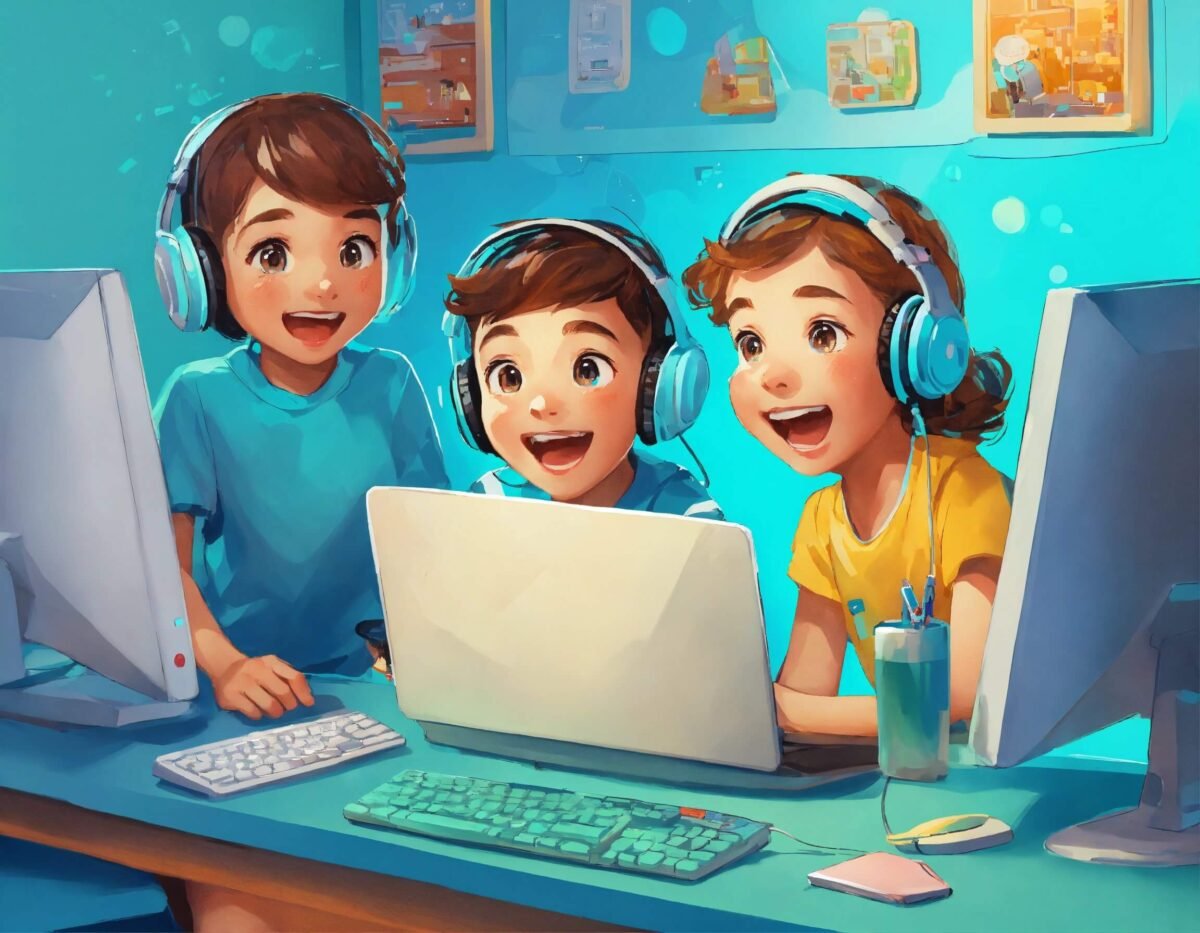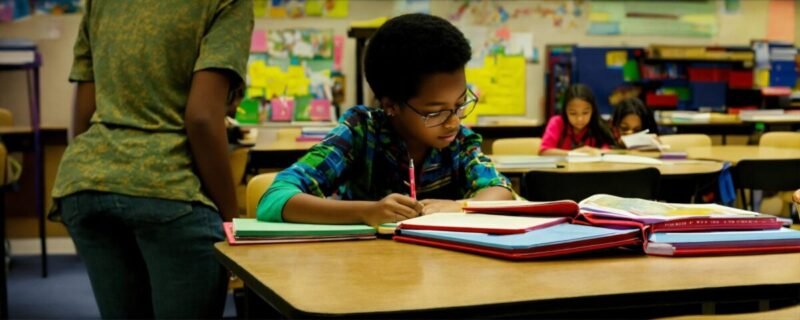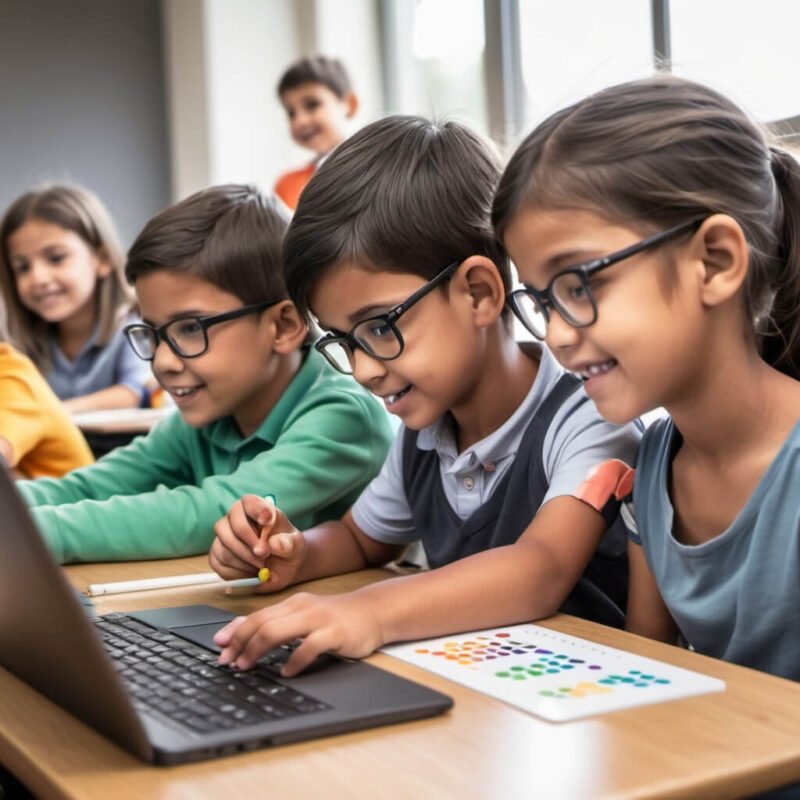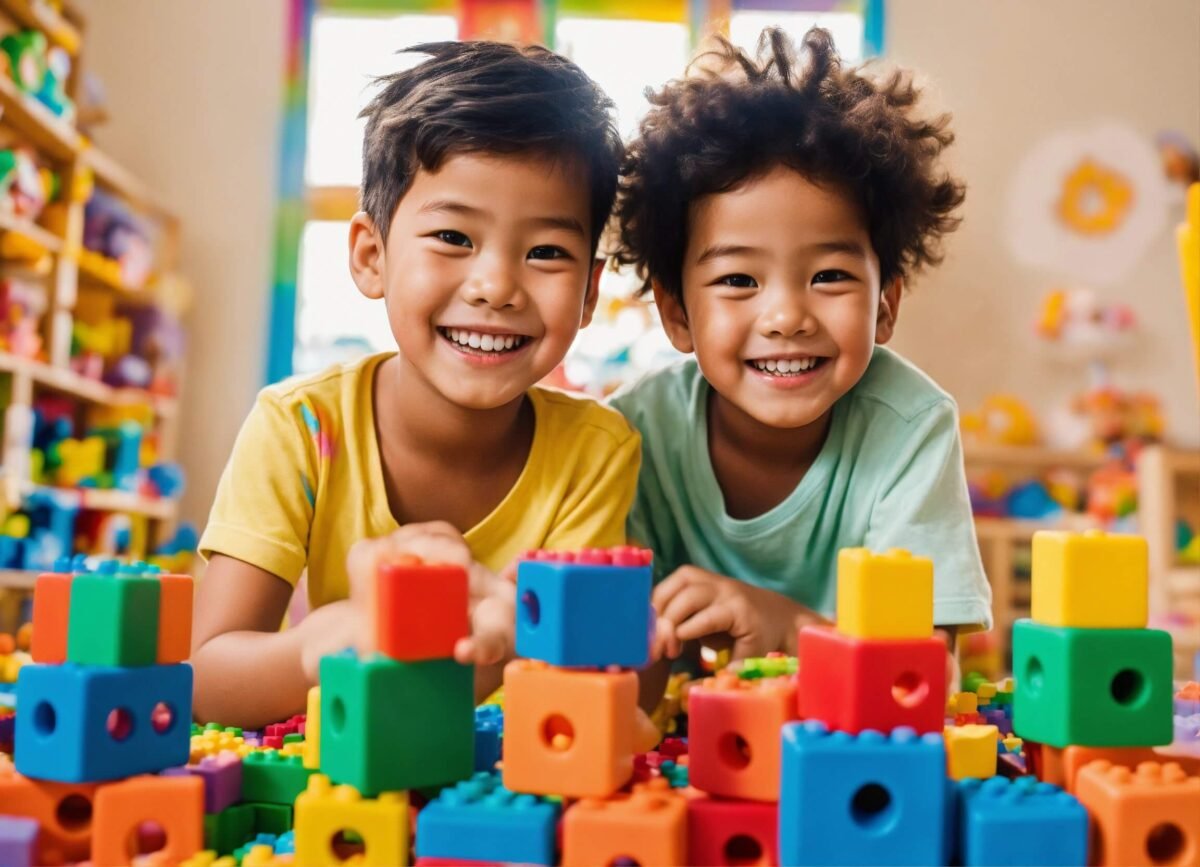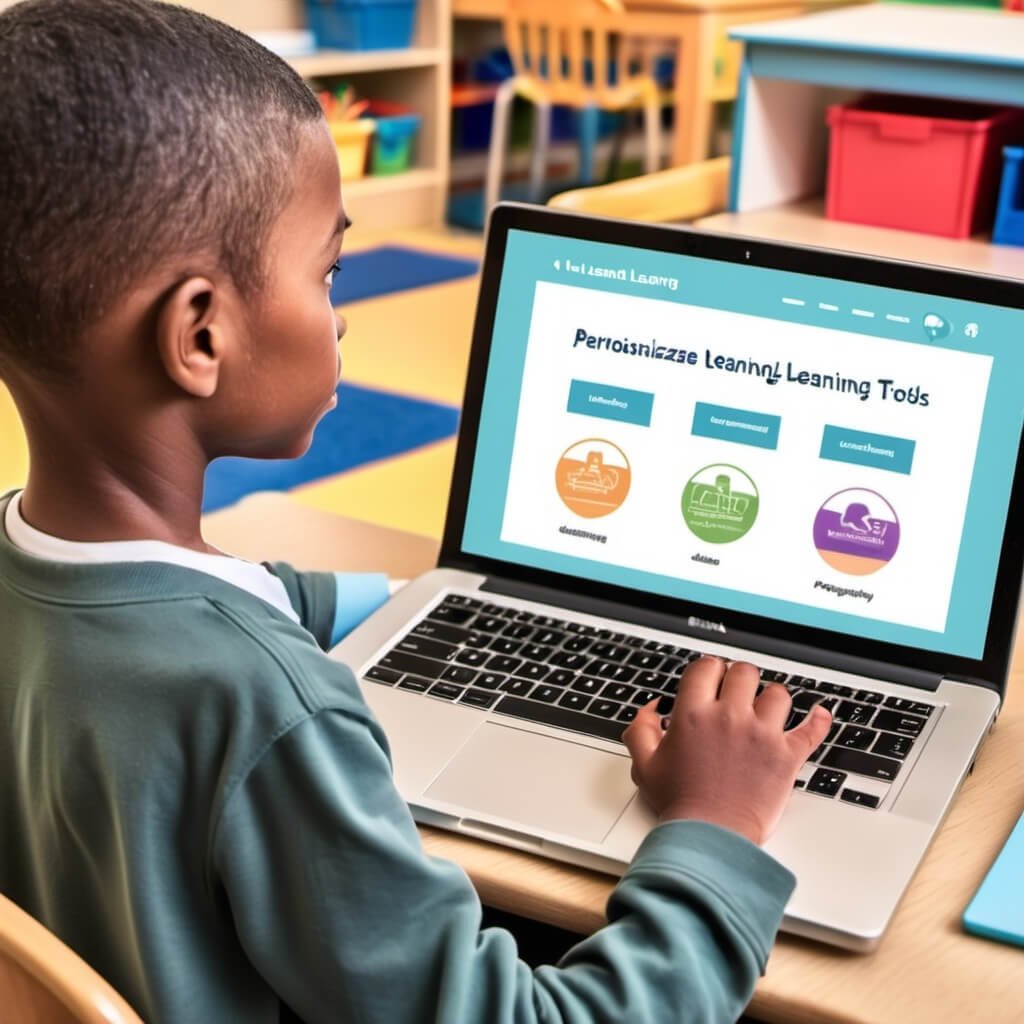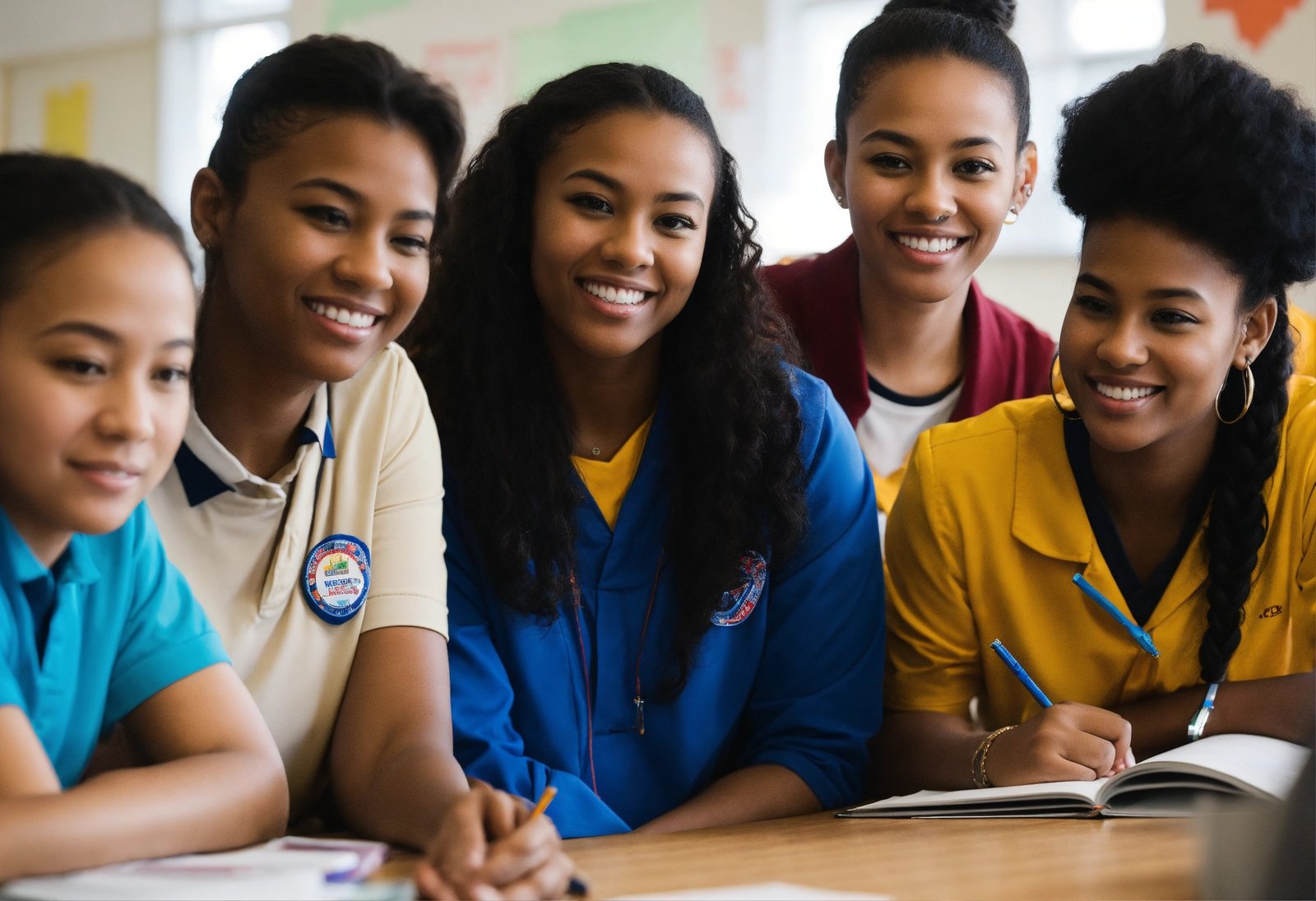In 2024, special education services continue to be an essential resource for students who have unique learning needs. As a parent, I understand the importance of ensuring that every child, regardless of their challenges, receives the support and attention they need to thrive in school. Whether your child has a learning disability, physical impairment, or other developmental challenges, special education services are designed to help them succeed academically and socially.
In this article, I will share everything you need to know about special education services, including what they are, the types of services available, and how to access them. I’ll also provide personal insights into how special education services can make a significant difference in a child’s educational journey.
What Are Special Education Services?
Special education services refer to a range of educational support and resources designed to help students with disabilities or special needs. These services are tailored to meet the individual needs of each child, with the goal of providing them with the best possible education and helping them succeed in a typical school environment.
I’ve learned through my own experience that special education services are not just about addressing academic challenges but also supporting social, emotional, and behavioral development. These services can be provided in various settings, including general education classrooms, resource rooms, or separate special education classrooms, depending on the child’s needs.
The Importance of Special Education Services
For many children, special education services can be life-changing. They can help level the playing field and ensure that children with disabilities or learning differences are not left behind. As a parent, I’ve seen firsthand how these services can make a huge difference. With the right support, my child has been able to overcome challenges, build confidence, and achieve academic success.
Types of Special Education Services Available
Special education services vary depending on the individual needs of the student. In 2024, there are many different types of services available, each designed to address specific challenges. Below are some of the most common types of special education services that schools provide.
1. Individualized Education Plan (IEP)
An Individualized Education Plan (IEP) is one of the most important tools in special education. It is a legal document that outlines the specific learning goals, services, and accommodations that a child will receive. The IEP is developed collaboratively by parents, teachers, and school staff, ensuring that the plan is tailored to meet the child’s unique needs.
From my experience, the IEP process is essential for providing clear goals and structure for my child’s education. The IEP ensures that my child receives the right amount of support and resources to succeed in school, and it is regularly reviewed to make necessary adjustments based on progress.
Key Features of an IEP:
- Specific learning goals: These are tailored to the student’s strengths and challenges.
- Accommodations and modifications: Adjustments to the curriculum or classroom environment to support the student’s needs.
- Support services: This may include speech therapy, occupational therapy, counseling, or physical therapy.
- Regular reviews: The IEP is reviewed annually to assess progress and make updates.
2. Resource Room Services
A resource room is a classroom designed to provide additional support to students with special needs. These rooms are often staffed by special education teachers who work with small groups of students, providing more individualized instruction than in a regular classroom. This setting allows students to receive help in specific areas where they need improvement, such as reading or math.
From my own experience, resource rooms have been a great way for my child to receive one-on-one attention for subjects they find challenging. In this setting, the teacher can give more focused attention, helping my child grasp difficult concepts at their own pace.
3. Speech and Language Therapy
Speech and language therapy is an essential part of many special education programs, especially for children who have communication disorders. This service helps children develop their speaking, listening, and language skills. Speech therapists work with students to improve articulation, comprehension, and social communication skills.
I’ve seen how valuable speech therapy can be for children who have trouble with speech or language. It’s not just about pronunciation; it also helps with understanding and expressing thoughts clearly. For my child, speech therapy has been key in improving both their social skills and their ability to communicate effectively in the classroom.
4. Occupational Therapy (OT)
Occupational therapy is designed to help students develop the skills they need for daily activities, such as writing, eating, and personal care. OT can be particularly helpful for children with physical disabilities or motor skills challenges. The goal of OT is to improve fine motor skills, coordination, and sensory processing to help the child function independently in the classroom and beyond.
I’ve found that occupational therapy can significantly improve a child’s ability to perform everyday tasks that might seem simple but can be challenging for children with disabilities. For example, my child struggled with handwriting and fine motor skills, but through OT, they gained better control and confidence.
5. Behavioral and Emotional Support
For students with emotional or behavioral challenges, special education services often include support from counselors or behavioral specialists. These professionals help students manage their emotions, improve social skills, and address behavioral issues that may affect their learning.
In my experience, emotional and behavioral support has been crucial in helping my child navigate social challenges at school. A counselor can provide coping strategies, create a safe space for emotional expression, and work closely with teachers and parents to manage behavior.
6. Physical Therapy (PT)
Physical therapy is designed for children who have physical impairments, such as mobility issues or coordination problems. PT focuses on improving gross motor skills, such as walking, running, and balance, to help children participate in school activities and improve their overall physical functioning.
Physical therapy has been incredibly beneficial for students with physical disabilities. My child, who faced mobility challenges, was able to develop better balance and strength through PT, which helped them become more active and engaged in school activities.
How to Access Special Education Services
As a parent, I know how overwhelming it can feel to navigate the process of accessing special education services for your child. However, there are clear steps you can take to ensure your child receives the support they need.
1. Identifying the Need
The first step in accessing special education services is recognizing that your child may need extra support. If your child is struggling academically, socially, or emotionally, it’s important to talk to their teacher and school staff about your concerns. Schools often conduct assessments to determine whether a child qualifies for special education services.
2. Requesting an Evaluation
If you suspect your child has a disability or special needs, you can request an evaluation through your child’s school. This evaluation helps determine whether your child qualifies for special education services and which services would be most beneficial. I’ve found that being proactive and advocating for my child’s needs has led to a better understanding of how to support them.
3. Collaborating with the School
Once your child is evaluated, the school will hold an IEP meeting to discuss the services your child requires. It’s important to be an active participant in this meeting, sharing your insights as a parent about your child’s strengths, challenges, and learning style. This collaboration ensures that the IEP is tailored to meet your child’s unique needs.
4. Monitoring Progress and Adjusting
Special education services are not a one-size-fits-all solution. It’s crucial to monitor your child’s progress and communicate regularly with the school to ensure that the services are working as planned. I’ve found that staying involved and making sure my child’s IEP is updated regularly helps them stay on track and get the best possible support.
Conclusion: The Impact of Special Education Services
In conclusion, special education services are crucial for helping children with unique learning needs reach their full potential. These services provide tailored support that allows children to overcome challenges, build confidence, and succeed in school. As a parent, I’ve seen firsthand how these services can make a positive difference in a child’s educational journey.
Whether your child needs speech therapy, behavioral support, or academic assistance, there are many resources available to help them thrive. By working closely with the school and staying involved in the process, you can ensure that your child receives the right services to support their growth and development.
In 2024, special education services are more accessible than ever, and with the right tools and support, every child can have the opportunity to succeed. Don’t hesitate to advocate for your child’s needs—after all, every child deserves the chance to succeed in their own way.
FAQs
1. What is the difference between special education and general education?
Special education provides tailored services for students with disabilities, ensuring they receive the support they need to succeed, while general education follows a standardized curriculum for all students.
2. How do I know if my child qualifies for special education services?
A child qualifies if they have a documented disability that impacts their ability to perform in a general education setting, and they must go through an evaluation process to determine eligibility.
3. What is an IEP and why is it important?
An Individualized Education Program (IEP) is a detailed plan that outlines the specific educational goals and services for a student with disabilities, ensuring they receive the support they need to succeed.
4. How often should an IEP be updated?
An IEP is typically reviewed and updated at least once a year to track progress and make adjustments as needed.
5. Can a child with a disability attend a regular school?
Yes! Under IDEA, children with disabilities should be educated in the least restrictive environment, which means they have the right to attend regular schools with the necessary support services in place.
